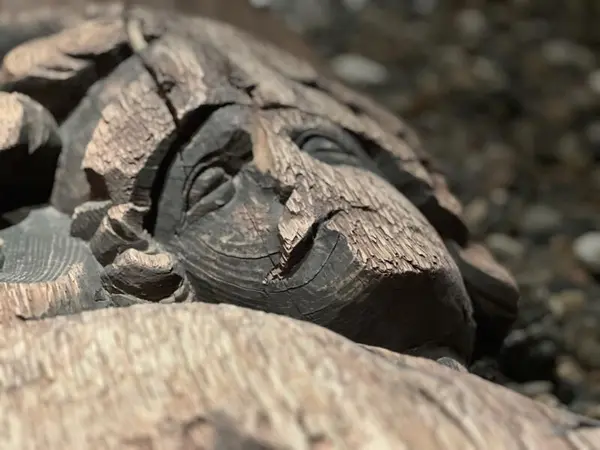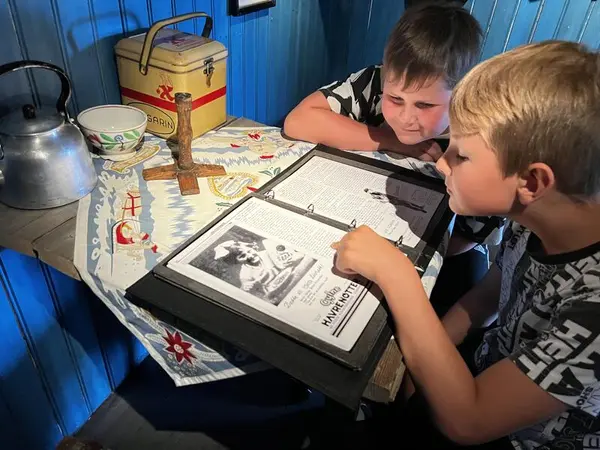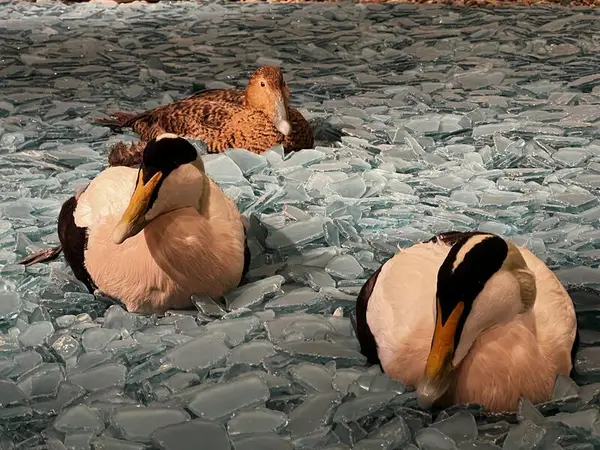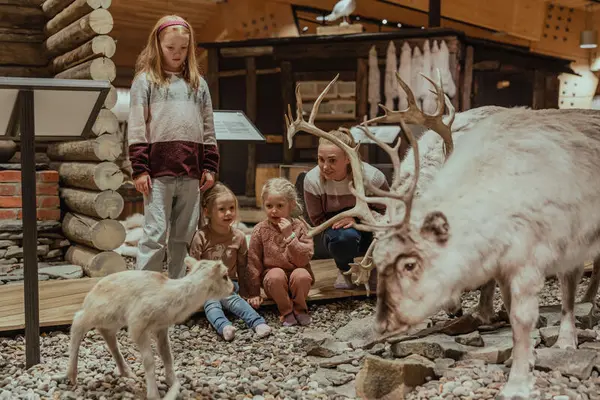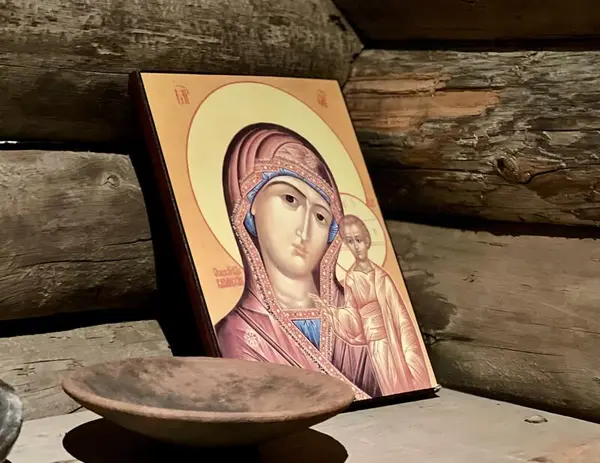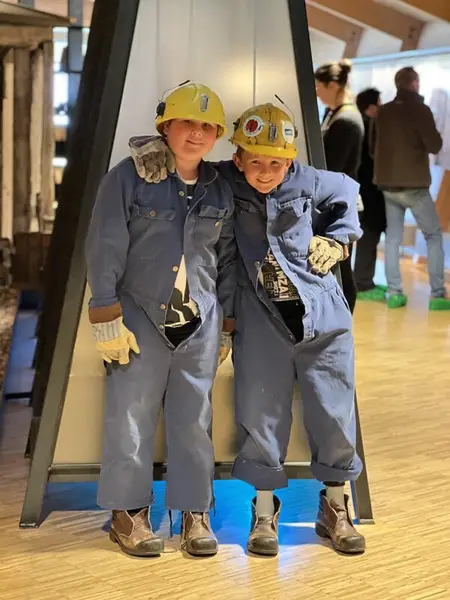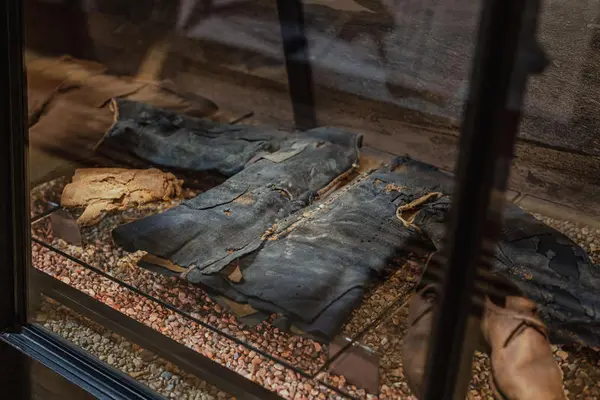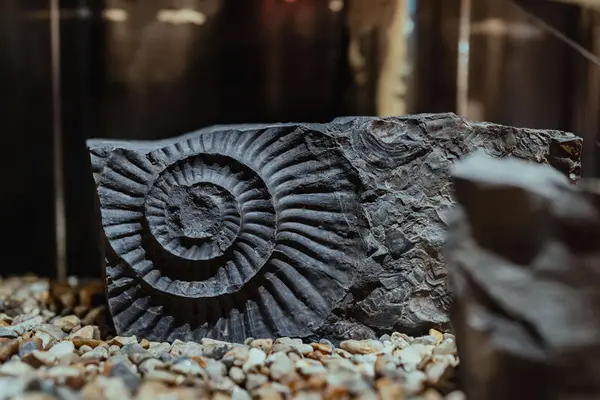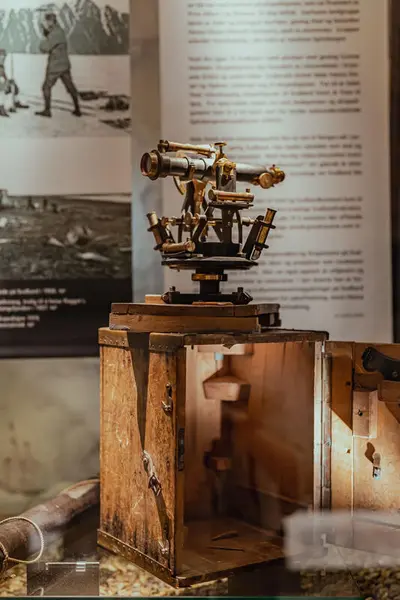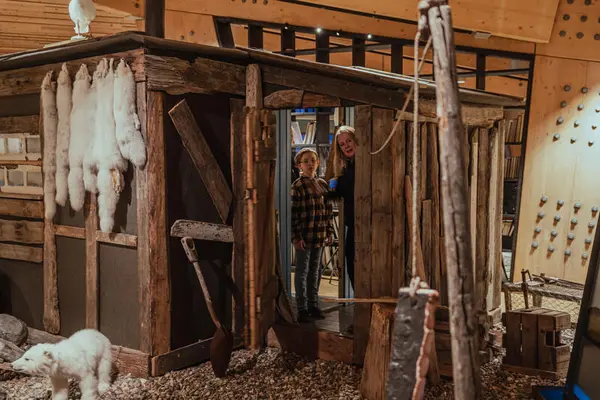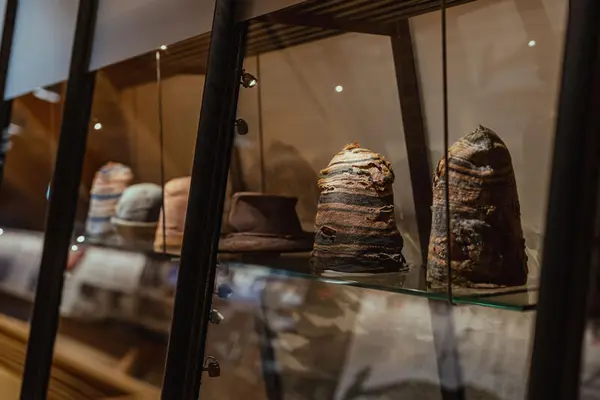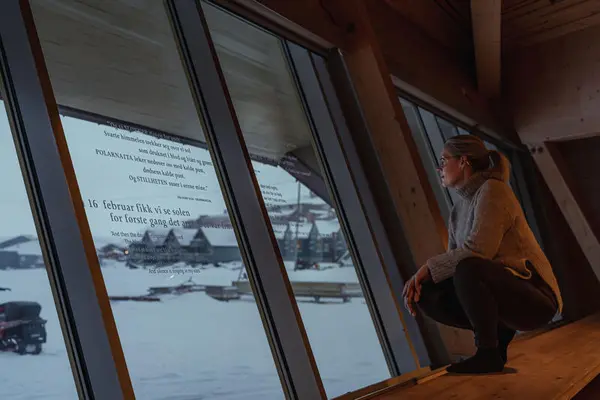Svalbard Museum’s mission is to collect, preserve, inform about, and do research on natural and cultural history, environmental issues, and cultural heritage protection in Svalbard.
From voluntary work to professionalized museum
The museum’s first committee was formed in Longyearbyen in 1964. Five years later, 86 museum artifacts had been collected in the old post office below the church. The first board of directors was established 18 January 1979 in Longyearbyen. In 1981, the museum welcomed the public into its premises in the old pig barn for the first time; the venue was officially opened 20 February 1982. For many years the museum relied solely on the active participation of volunteers from the local community, and up until 1998, it had no employees. In 1999, work began to ‘professionalise’ the museum, again in close cooperation with the local community.
The museum was organised as a subsidiary entity under the local Svalbard Council, was converted to a foundation in 2000, and from 2002 became a separate department under the newly established Longyearbyen Community Council.
In 2006, the museum moved into the newly built Svalbard Science Centre
In January 2006, the museum once again became a foundation and moved into the newly built Svalbard Science Centre.
This building houses our exhibitions, storerooms, laboratories, and offices, a total of about 1500 square metres. The museum’s founders were Longyearbyen Community Council, Store Norske Spitsbergen Kulkompani, the University Centre in Svalbard, the Norwegian Polar Institute, and Sysselmannen (now Sysselmesteren, the Governor of Svalbard). These entities also appoint the board.
The museum’s operations are funded in part by the Ministry of Justice and Public Security and the Ministry of Culture and Equality. We operate a cultural history depository and laboratories containing 55 000 artifacts, and have a digital photo archive that currently comprises over 27 000 images (collections). As of February 2023, Svalbard Museum has twelve employees.
Managing collections and engaging in research and dissemination within the broad and complex fields our mission requires means we must collaborate with local, regional, national, and international entities. We are always on the lookout for potentially fruitful collaborative projects.
In 1998, Svalbard Museum welcomed about 14 000 visitors; in 2022, about 45 000. This formidable increase demonstrates the museum’s relevance, along with the domestic and international focus on Svalbard, the High North, and the Arctic.
